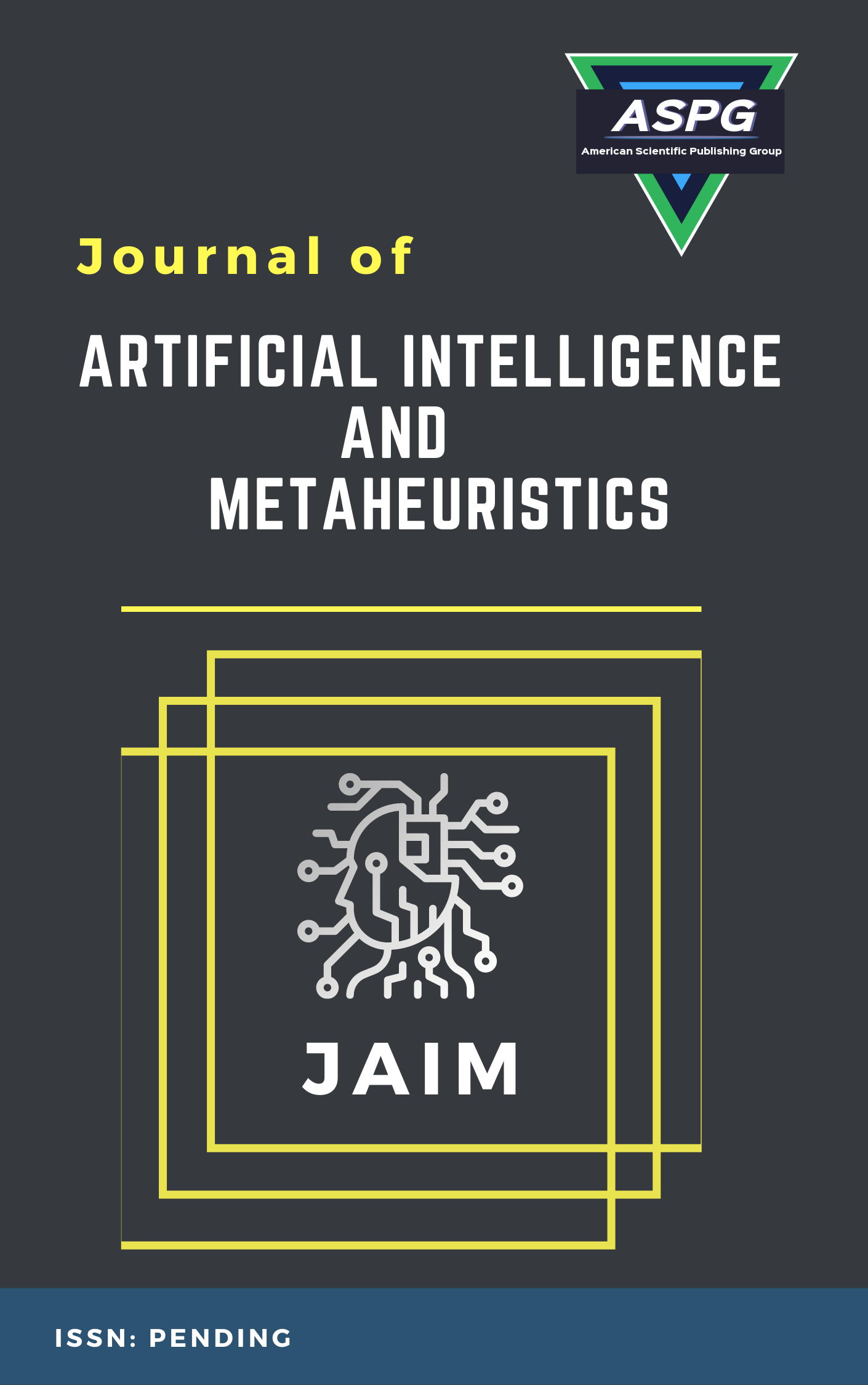

There have been efforts to address the problems with fingerprint identification systems that require physical contact by creating contactless fingerprint identification systems. Numerous studies on various aspects of contactless fingerprint processing, including the use of deep learning in various algorithmic frameworks, classical image processing, and the machine-learning pipeline, have been published. It was demonstrated that the deep learning-based solutions were more accurate than the alternatives. This effort was driven by a desire to provide a thorough assessment of these successes and their identified limitations. This study examined three approaches to contactless fingerprint recognition: (i) methods for capturing images of the fingerprint, (ii) traditional preprocessing techniques for enhancing fingerprint images for recognition tasks, and (iii) deep learning. (i) taking a picture of your finger, and (ii) using conventional image processing to get the picture ready for recognition. In total, eight research papers were found to meet both the inclusion and exclusion criteria. Based on this review's findings, we discussed the potential benefits of deep learning methods for biometrics and the challenges that still need to be overcome before these methods can be used in practical biometric settings.
Read MoreDoi: https://doi.org/10.54216/JAIM.050101
Vol. 5 Issue. 1 PP. 08-15, (2023)
According to cancer reports from the past few years in India, thirty percent of instances are breast cancer, and furthermore, it is possible that this percentage would increase in the near future. In addition, one woman is given a diagnosis every two minutes, and another woman passes away every nine minutes as a result of her condition. People who are diagnosed with cancer at an earlier stage have a better chance of survival. Micro calcifications are one of the most important symptoms to look out for when trying to diagnose breast cancer in its earlier stages. Several scientific investigations have been carried out in an effort to combat this illness, for which techniques related to machine learning can be utilized to a significant extent. Particle swarm optimization, often known as PSO, is acknowledged as one of several effective and promising methods for identifying breast cancer. This method helps medical professionals administer treatment that is both timely and appropriate. The weighted particle swarm optimization (WPSO) approach is utilized in this work for the purpose of extracting textural information from the segmented mammography picture for the purpose of classifying micro calcifications as normal, benign, or malignant, hence increasing the accuracy. A portion of the cancerous growth is removed from the breast region using optimizing techniques. In this article, Convolutional Neural Networks (CNNs) are presented for the purpose of identifying breast cancer in order to cut down on the amount of manual overhead. The CNN framework is built in order to extract features as effectively as possible. This algorithm was developed to identify areas in mammograms (MG) that are suspicious for cancer and to classify those areas as normal or abnormal as quickly as possible. This model makes use of MG pictures that were gathered from a variety of hospitals in the surrounding area.
Read MoreDoi: https://doi.org/10.54216/JAIM.050102
Vol. 5 Issue. 1 PP. 16-28, (2023)
Due to its potential to enhance patient outcomes and ease individualized therapy, predictive medicine has received considerable interest in recent years. In this article we examine the use of data mining in predictive medicine, with a particular emphasis on hemodynamic prediction for abdominal aortic aneurysm (AAA) disease. In AAA, the abdominal aortic wall becomes weakened and may rupture, putting the patient's life in danger. Clinical decision making and treatment planning for AAA rely heavily on accurate hemodynamic prediction. For developing these predictive models for hemodynamic assessment, we use the well-known data mining techniques of Random Forest (RF) and AdaBoost. To capture complicated interactions, the RF approach employs a collection of decision trees, while AdaBoost iteratively improves the model by giving more weight to examples that were incorrectly classified. The experimental evidence shows that these methods are effective in providing reliable estimates of the hemodynamics of AAA. This research adds to the expanding field of predictive medicine by providing new understanding of the potential of data mining methods to improve the quality of care for patients with AAA illness.
Read MoreDoi: https://doi.org/10.54216/JAIM.050103
Vol. 5 Issue. 1 PP. 29-37, (2023)
For the deaf population that speaks Arabic, Arabic Sign Language (ArSL) is an essential means of communication. This research presents a convolutional model for recognizing Arabic sign language because of the importance of clear communication. We hope to improve the deaf community's access to communication and broaden its sense of belonging by harnessing deep learning's power and fine-tuning the model to ArSL's particularities. To represent the complex hand movements and visual patterns that are characteristic of ArSL, the proposed model makes use of a variety of carefully made architectural decisions, such as the number of layers, the size of the kernels, the activation functions, and the pooling approaches. Our model outperforms state-of-the-art machine learning techniques, as shown by experimental findings on a large dataset. These results not only lay the groundwork for future developments in sign language recognition, but also demonstrate the promise of our technique in improving communication for the Arabic-speaking deaf community.
Read MoreDoi: https://doi.org/10.54216/JAIM.050104
Vol. 5 Issue. 1 PP. 38-45, (2023)
Healthcare data analytics has indispensable responsibility in advancing remedial decision-making and healthcare practices. In this paper, a novel semantic approach is introduced for extracting medical association rules, designed at discovering expressive interactions between medical things. Our methodology incorporates medical ontologies, and improved semantic measures to boost the accuracy and interpretability of the obtained rules. Our method delivers clinically pertinent information into patient perspectives on mental health, the accessibility of mental health resources, and the influence of physical health on mental well-being by mapping medical notions to ontological items and examining semantic relationships. Experimental validation on a case study of mental health dataset proves the dominance of our method over traditional association rule mining methods. The proposed semantic method presents valuable support to healthcare data analysis and decision-making processes.
Read MoreDoi: https://doi.org/10.54216/JAIM.050105
Vol. 5 Issue. 1 PP. 46-52, (2023)